Nationality Russian Role Artist | Name Taisia Afonina Movement realism Known for Painting | |
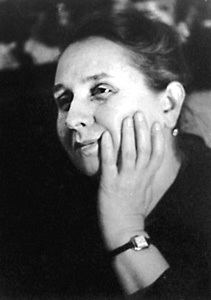 | ||
Born May 13, 1913 ( 1913-05-13 ) Nikolaev, Kherson Governorate, Russian Empire Died April 19, 1994, Saint Petersburg, Russia | ||
Education Imperial Academy of Arts Similar Leonid Baykov, Evgenia Baykova, Vsevolod Bazhenov | ||
ABOUT LOVE. The Leningrad School. Paintings of 1950 - 1990s.
Taisia Kirillovna Afonina (Russian: Таи́сия Кири́лловна Афо́нина; May 13, 1913 in Nikolaev, Russian Empire – April 19, 1994 in Saint Petersburg, Russia) was a Soviet, Russian painter and watercolorist. She lived and worked in Leningrad, was a member of the Saint Petersburg Union of Artists (before 1992 - the Leningrad branch of Union of Artists of Russian Federation), and is regarded as one of the brightest representatives of the Leningrad school of painting.
Contents
- ABOUT LOVE The Leningrad School Paintings of 1950 1990s
- Leningrad Painting 1930 1990 Part 2
- Biography
- References
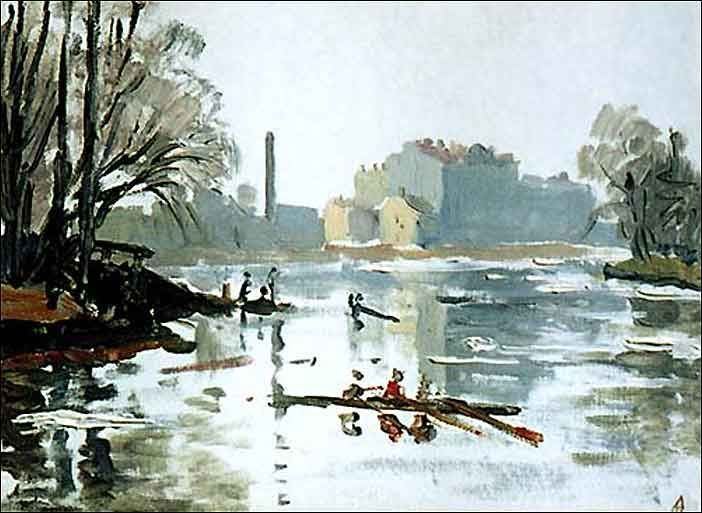
Leningrad Painting. 1930-1990. Part 2
Biography

Afonina was born on May 13, 1913, in the city Nikolaev, in the Kherson Governorate of the Russian Empire (present-day Ukraine), in the family of master Shipyard "Navel" (after October Revolution Shipyard named Marty).
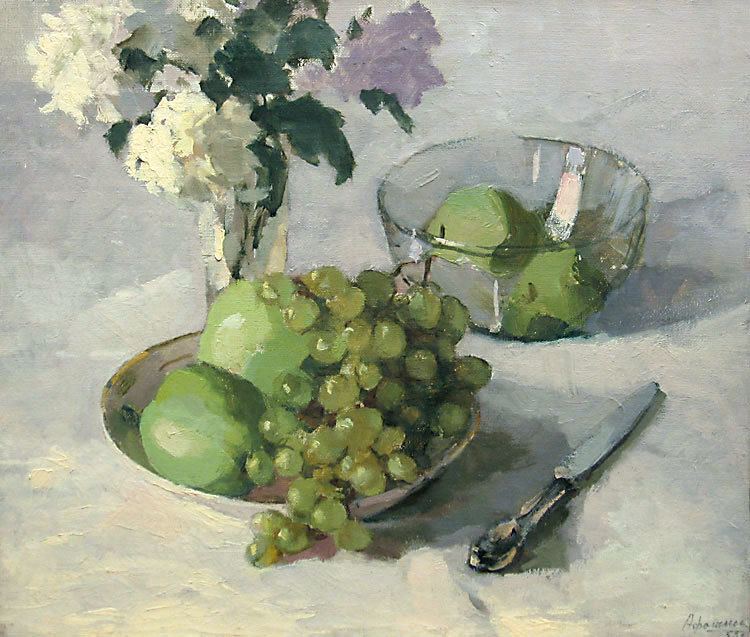
In 1931 Taisia Afonina graduated from nine-year school in city Taganrog, and came to Leningrad to obtain an art education. In 1932-1936 she engaged first in the evening classes for working youth, then in the preparatory classes at the Russian Academy of Arts.
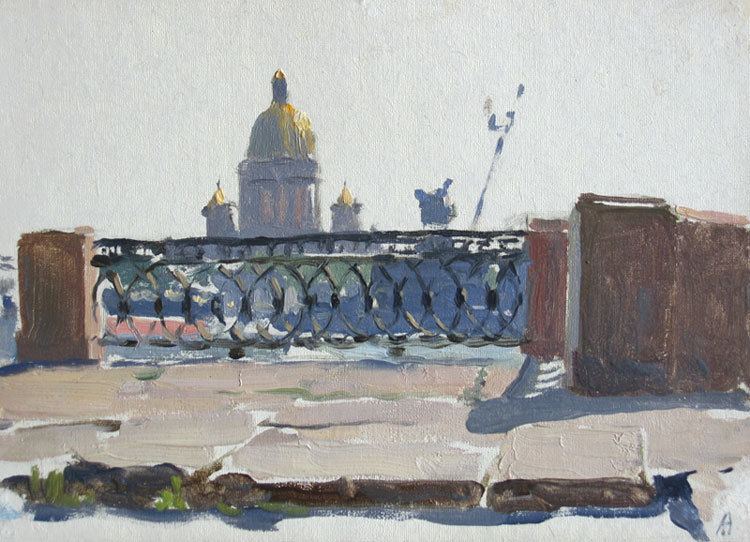
In 1936, after preparatory classes, Afonina was adopted at the first course of Painting Department of the Leningrad Institute of Painting, Sculpture and Architecture, where she studied of Mikhail Bernshtein, Victor Oreshnikov, Pavel Naumov.
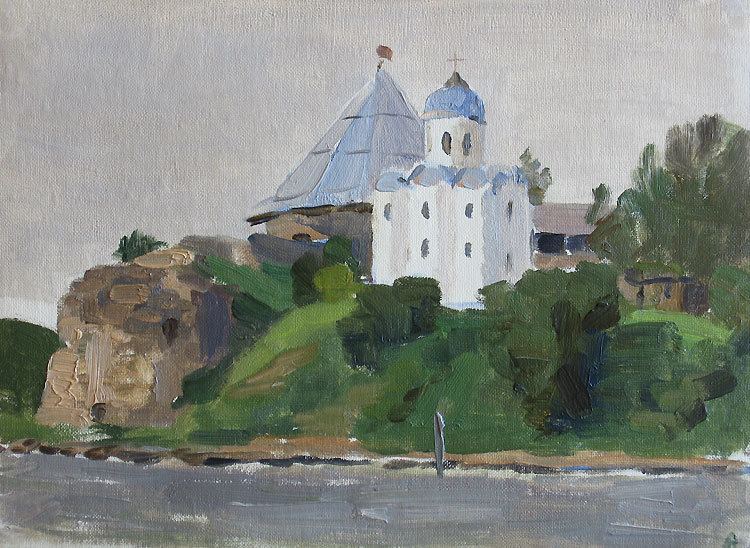
In 1941, after the beginning the Great Patriotic war, Taisia Afonina, with her young son and mother, evacuated first to Ostashkov, then Vyshny Volochyok, then Lugansk, Ukraine. In 1943, after the liberation of the German fascists Lugansk, Taisia Afonina was involved in rebuilding the city, teaching drawing and painting in Lugansk Art school. In autumn 1943, with a group of artists she went to the city of Krasnodon to draw local club before awarding medals to parents of deceased members of the underground anti-fascist Komsomol organization, ″Young Guard″. They fought against the Nazis in the occupied city Krasnodon (in the Ukrainian SSR), and became known to the whole country.
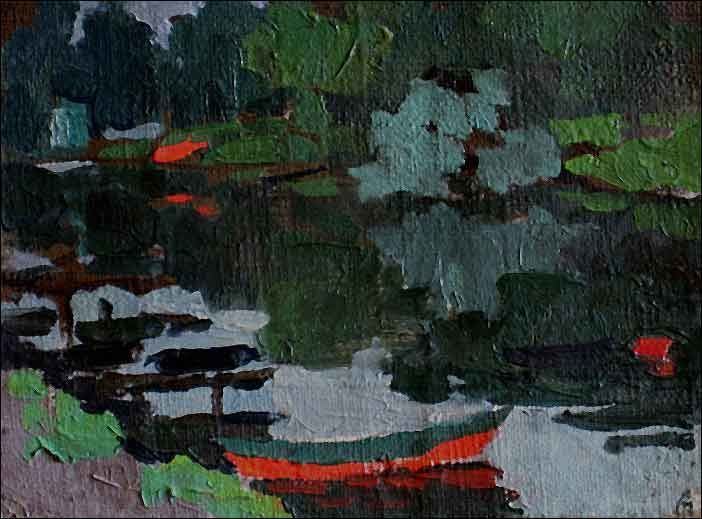
In 1946, in the May edition of the newspaper of the Academy of Fine Arts "For the Socialist Realism", Taisa Afonina wrote: ″I saw the pit where they were dumped, the remnants of their bloody clothes, the prison where they were tortured. I talked to their mothers and girlfriends. I wanted to tell, to write about all this, of all their short heroic life″.
In 1946, Afonina graduated from the Repin Institute of Arts in Igor Grabar personal Art Studio of monumental painting. Her graduate work was a historical painting named "Girls of Donbass", dedicated to the memory and heroism members of the Anti-Fascist underground.
After graduation Afonina continued to work in Lugansk and returned to Leningrad in 1952. The Lugansk Museum named Kliment Voroshilov acquired as early as 1943 the first three paintings by Taisia Afonina: "The Germans came", "Stealing in Germany", and "Meeting". Her paintings were later purchased by the art museums of Leningrad, Kostroma, Krasnodon, Staraya Ladoga, and the Museum of Modern Art in Paris.
Her first participation in an art exhibition was in 1940. Since the beginning of the 1950s, she was constantly involved in art exhibitions of Leningrad artists. She painted landscapes, still-lifes, portraits, and genre compositions. She worked in oil painting and watercolors and was most famous as a master of landscape and still-life painting. In 1946 Taisia Afonina was admitted to the Leningrad Union of Soviet Artists.
In the first years after graduation Taisia Afonin attracted military subjects and pathos revival. Later she worked more in the genres of portrait and lyrical landscape. In the 1950s she visited Ukraine, Carpathians, Meshchersky locations, where she painted a lot of studies from the life. For her works typical method of tonal painting, the interest to transfer effect of lights and plain air, and subtle coloristic relations. Among her works are such paintings as Foundry Conveyor (1947), Portrait of Kizilshtein-Mikhailova (1955), Windy Day (1956), Close to Ryazan (1958), Spring, A Light-Blue Night, After the Rain, At the Old Tuchkov Bridge (all 1959), On the Zhdanovka River in Leningrad (1960), Chinese student (1961), Still-life with Pussy-Willows, Portrait of poet Olga Bergholz, Marinka, Briar (all 1964), Portrait A. Grebenuk, Portrait of an entomologist S. Keleynikova (both 1975), Portrait of a Korean woman Tamara (1977), and Portrait of writer Nikolai Tikhonov (1980).
Taisia Kirillovna Afonina died on April 19, 1994, in Saint Petersburg at the age of 80. Her paintings reside in art museums and private collections in Russia, Finland, USA, Germany, England, France, and others.
